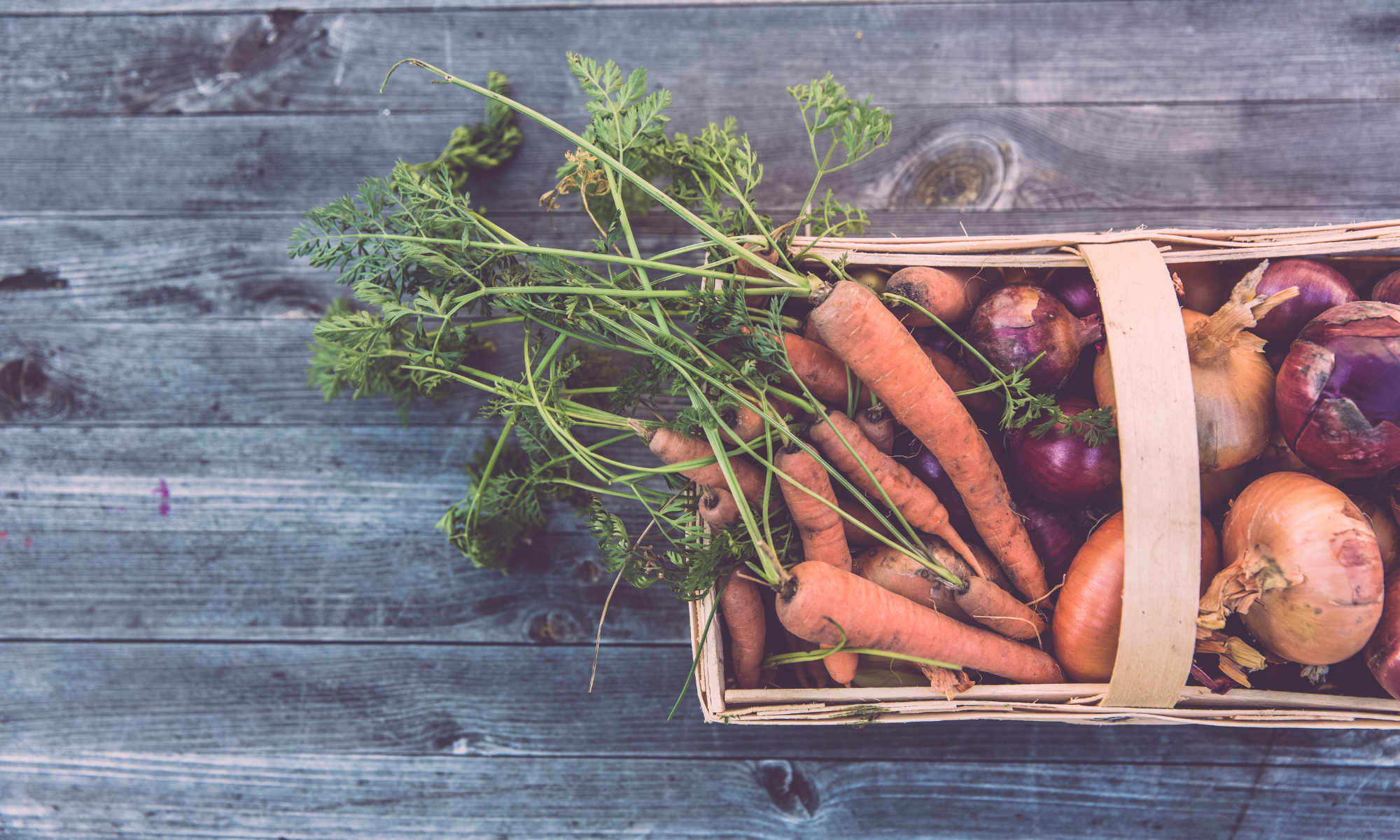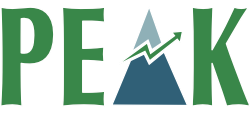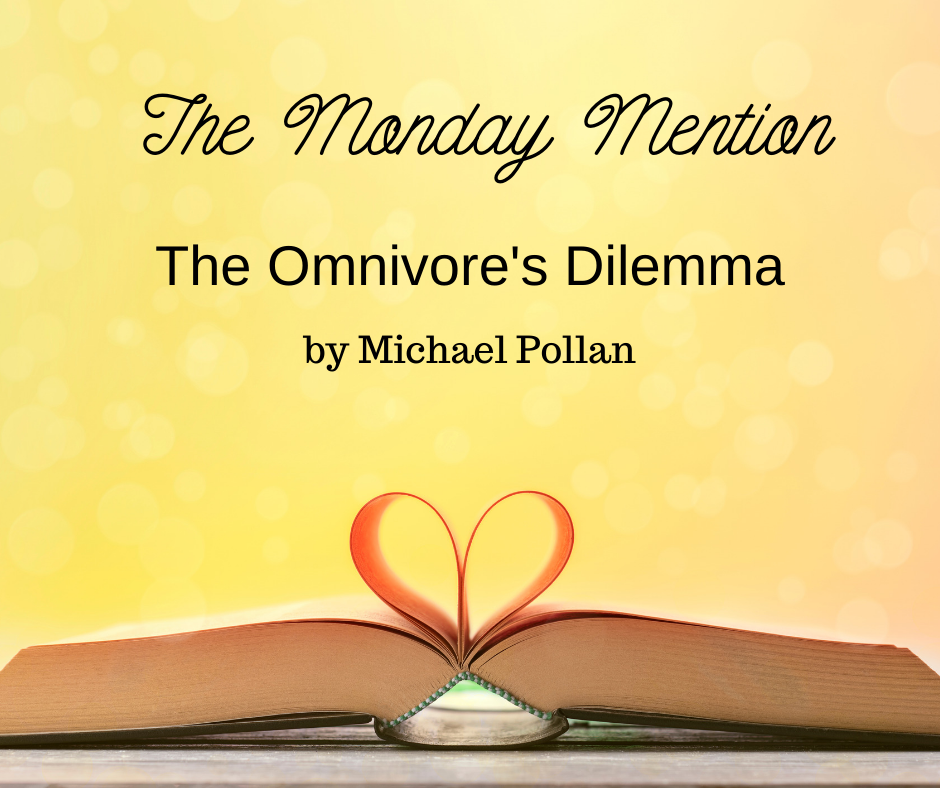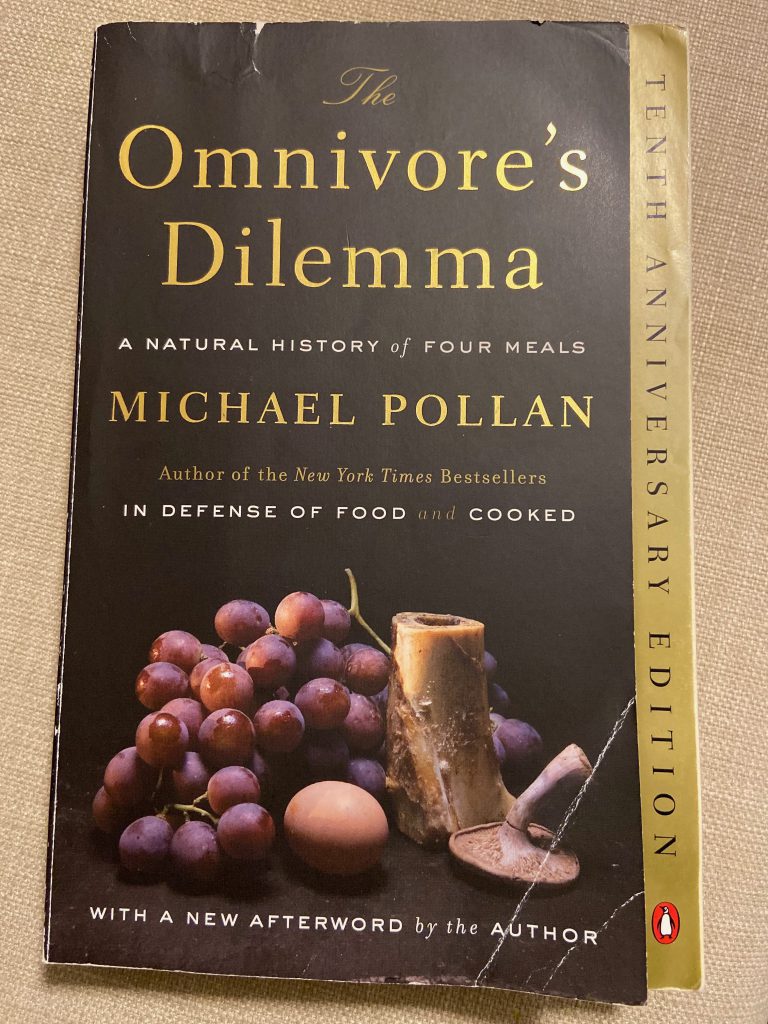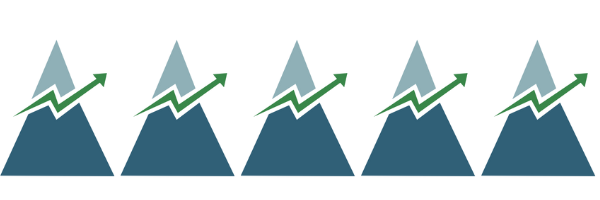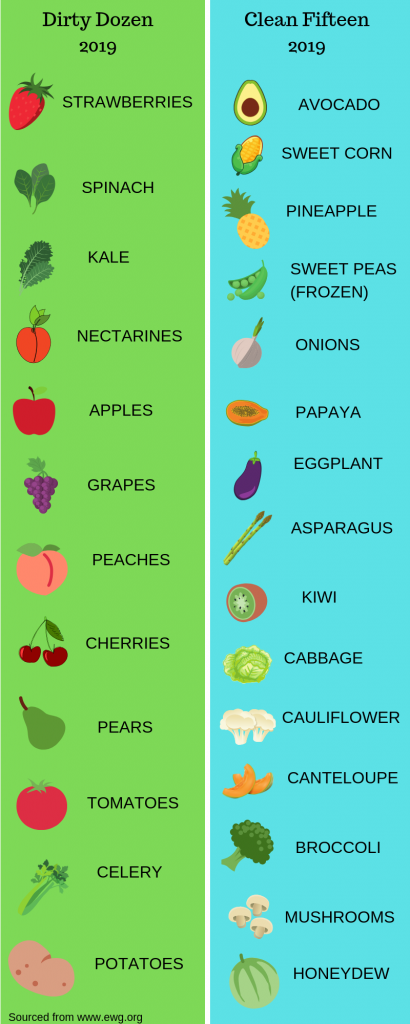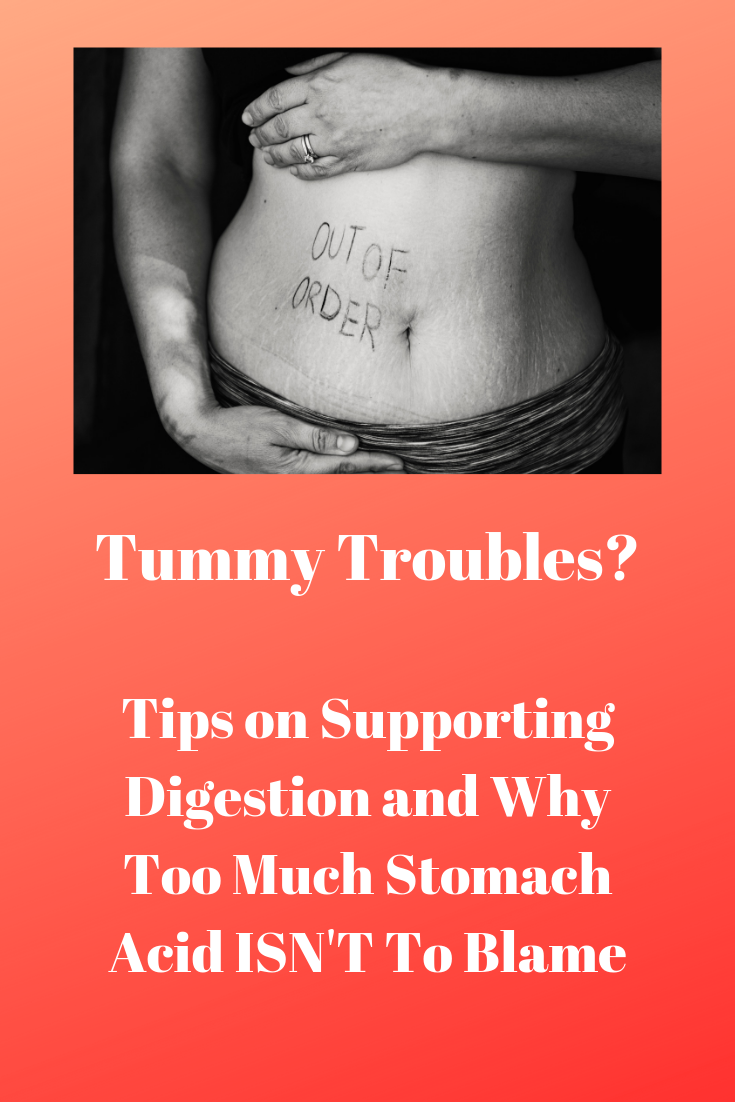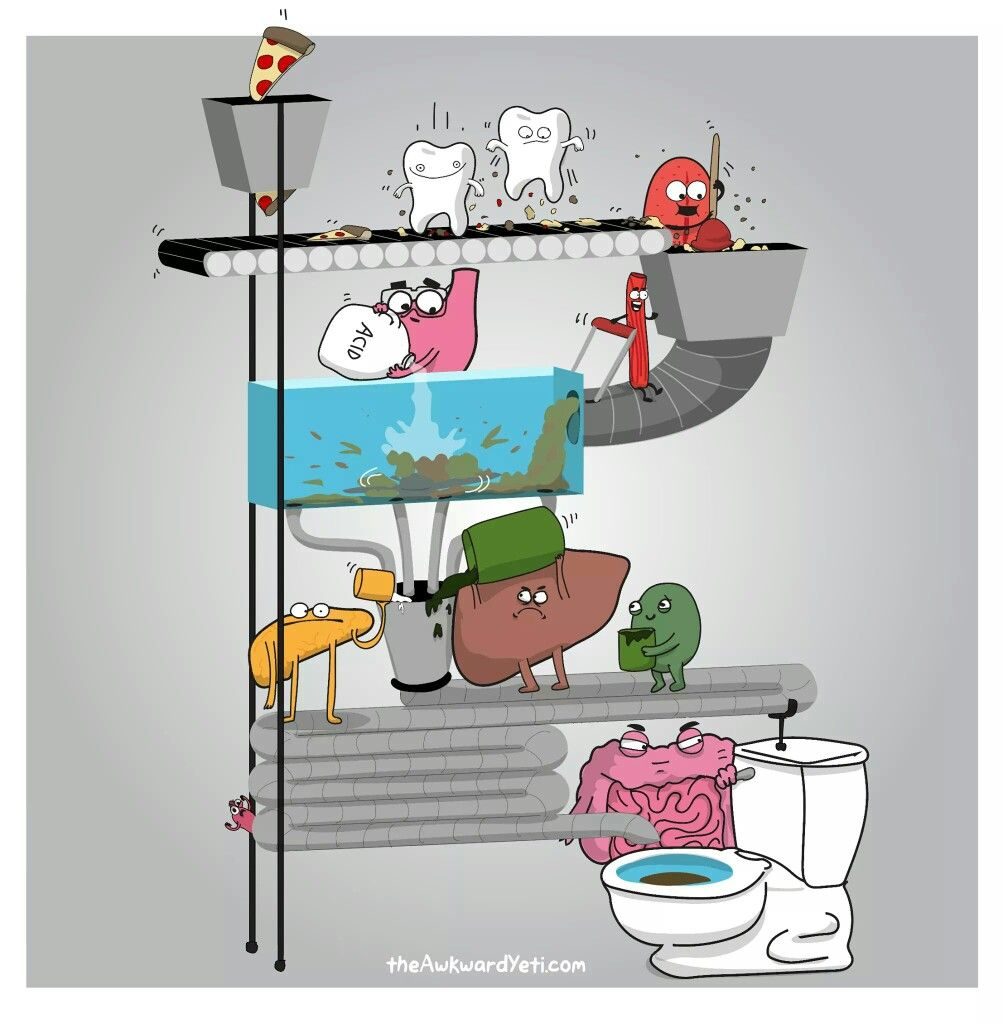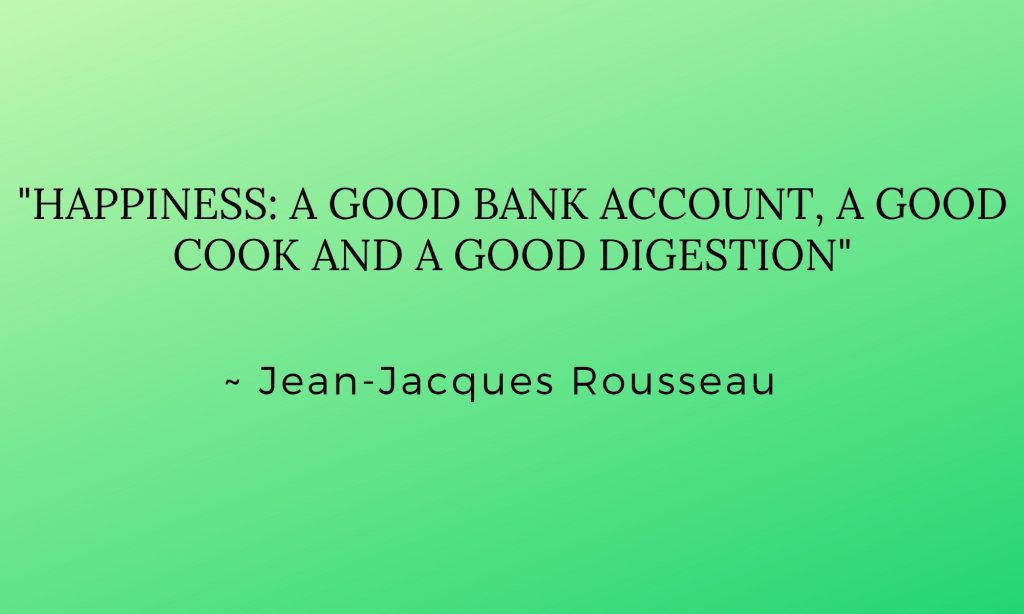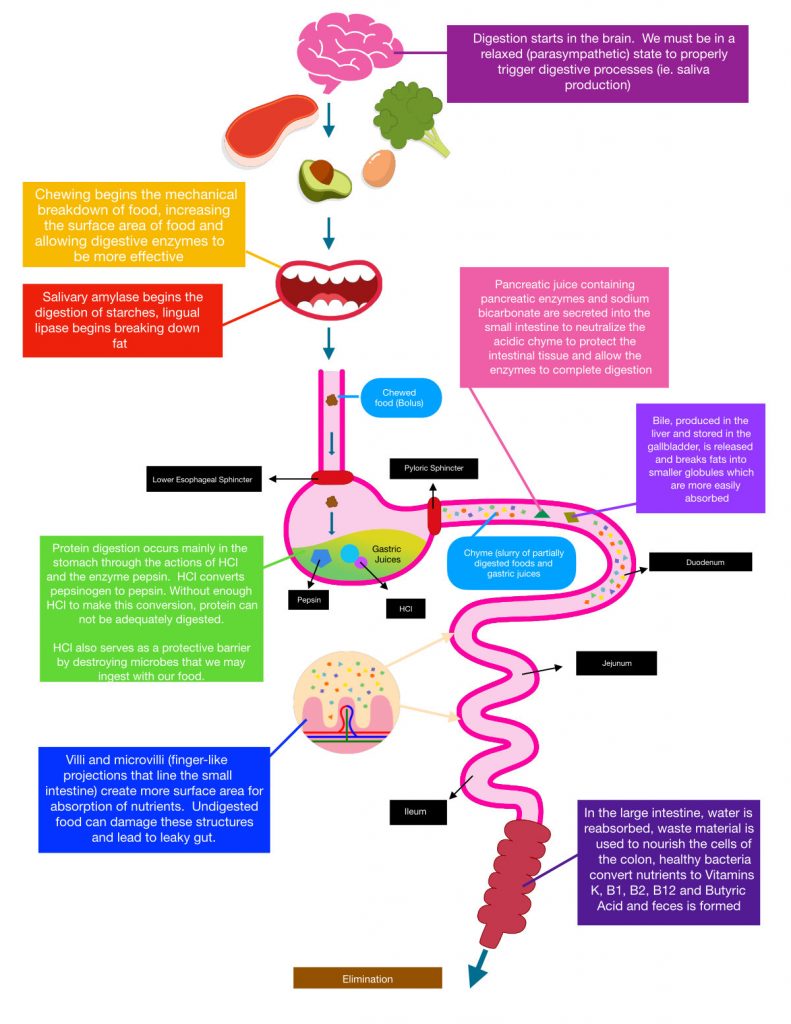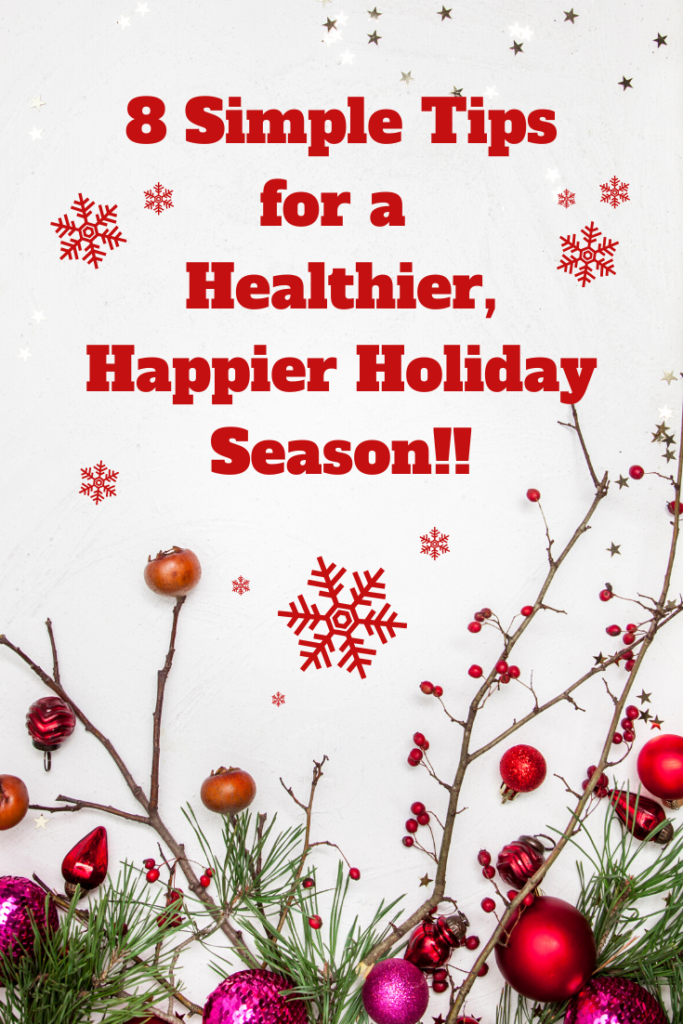
The holidays, they are upon us! Thoughts of the holidays conjure up images of cool days and relaxing in front of a fire with your hands wrapped around a warm mug of something delicious. Joyful time spent with family and friends gathered around the dinner table and, for most of us at least, FOOD. Holiday food brings on ALL the warm fuzzies, with its memories of Grandma’s cheese biscuits and English trifle, Mom’s stuffing and shortbread and Dad’s famous caramel popcorn and nuts and bolts mix. As I set about planning my holiday menu this year, I thought back to the holidays of my childhood. Why does food figure so prominently? Why do I desire these foods at this time of year? And why do we now feel so much guilt associated with indulging in holiday treats? Two possible reasons came to mind. Firstly, for me, all my holiday food memories centre around something that was made, by hand and with love, by someone very dear to me. So is it the food that I feel a connection to or the memories of times spent with these loved ones? The answer seems pretty clear. Don’t get me wrong, if I could wrap my greedy fingers around one of Grandma’s cheese biscuits (gluten and all!) – fresh out of the oven and slathered in butter – I would! Sure, I could make them myself, but I won’t. It wouldn’t be the same, they wouldn’t be Grandma’s. I don’t need the food to sit and reminisce about all the great memories I have of past Christmases spent with loved ones. Secondly, back in the day, the excess of yummy, but not so good for you, food was the EXCEPTION to the rule. It was truly a special occasion treat. Only at the holidays did we have baking trays and little bowls of nibbles, boxes of chocolate that you would hunt through to find your favourite before your kid sister could nab it. Today, excess is all around us, and holiday treats have become available and consumed year round. They are no longer seasonal treats, but everyday occurrences and we are paying the price for this year round indulgence.
When we are trying to make healthier decisions and eat food that is nourishing for our bodies, navigating the holiday season and its endless parties, dinners and temptations can be stressful. How do you handle it? Do you avoid social gatherings as much as possible? If you do go out, do you only eat off the veggie tray? Do you throw in the towel and just start over in January with everyone else? Hopefully, none of the above!! I’ve compiled a list of tips to help you approach the holidays with a sense of excitement, enjoy the time with loved ones and get out the other side unscathed.
Happier, Healthier Holiday Tips
- Prioritize Sleep – Even with ALL the stuff that needs doing around the holidays, keeping to a schedule and getting 7 to 8 hours of quality sleep a night is imperative. Lack of sleep can leave us feeling sluggish and more apt to overload on food and sugary treats as we seek out a boost of energy.
- Don’t Skip Meals – Although it may seem logical to “bank” some calories before you head out to a holiday gathering, all it really accomplishes is making you cranky, over-hungry and on the rails of that dreaded blood sugar roller coaster. Don’t do it!! Instead…try this…
- Eat Before You Go – Pre-party with a nourishing snack before you head out. Getting some good quality protein and healthy fats in before you head out will not only ensure that you have provided your body with some nutrients, but will keep you from succumbing to the temptations of the goodie platters later on.
- Skip the High Calorie Bevvies – Alcohol has no nutritional value, is dehydrating, stresses the liver and awakens the craving monster! The mixers used in most cocktails are usually laden with sugar, colouring and other nasty ingredients. If you choose to imbibe, opt for mixers like sparkling water with lime or lemon wedges and ensure you drink water in between cocktails. Kombucha or sparkling water with some berries in a wine glass can feel just as festive! On that note…
- Stay Hydrated – Not only can we mistake our body’s thirst signals for hunger, but dehydration can also contribute to fatigue, anxiety, irritability and cravings – none of which are things we want to deal with at any time, but especially during the holidays!
- Don’t Forget the Self Care – Exercise, movement and meditation are important for stress management throughout the year, but particularly during the busy, hectic holiday season. Maintain your routine, it is much easier to keep doing something than to stop and have to start again (you know, that whole Newton’s First Law of Physics thing – an object in motion tends to stay in motion). Schedule it in, commit to it…you will be glad you did.
- BYOD – Bring your own dish!! Offer to bring something to the party and you can ensure that there is at least ONE thing on the table that is nutrient dense, delicious and will fuel you properly! No one even needs to know it is a “healthier” alternative! In my experience, guests often rave about the dish without realizing they are eating something that’s nourishing. It can be our little secret!
- Drop the Guilt – If you pay attention to any of these tips – pay attention to this one! NO GUILT! Allow room for some indulgences – Grandma’s cheese biscuits (or apple pie or whatever your special item is) won’t always be there and it’s ok to choose to enjoy it! Balanced with more nourishing meals, you can choose your indulgences, eat with intention, enjoy the heck out of it and then LET IT GO.
So, yes, holidays do bring up images of sugar cookies, gingerbread and other treats. But, what if we widen our focus on those pictures? What do we find? Images of our family and friends, coming together around the table to celebrate the season with us. THIS, my friends, is the true magic of the holidays. The sense of community and connection with those that mean the most to us. The food is just a bit player, bringing us to the table. This holiday season, use my tips to navigate the gatherings, fill up on quality time with family and friends and, just maybe, save a little room for one of Grandma’s famous cheese biscuits.
